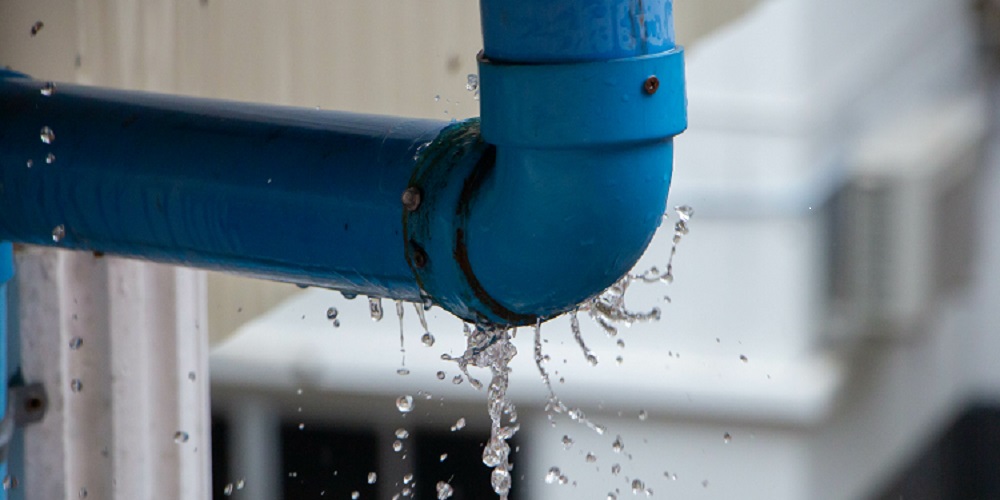The content down below in relation to Hacks to detect leaks is highly entertaining. Check it out yourself and see what you think of it.

Early detection of leaking water lines can mitigate a potential disaster. Some small water leakages may not be noticeable.
1. Take A Look At the Water Meter
Every house has a water meter. Inspecting it is a proven manner in which helps you discover leakages. For starters, shut off all the water resources. Guarantee no one will purge, make use of the tap, shower, run the washing maker or dish washer. From there, most likely to the meter as well as watch if it will change. Because no one is using it, there ought to be no motions. If it moves, that suggests a fast-moving leakage. If you identify no changes, wait a hr or two and inspect back again. This indicates you may have a slow leakage that can also be below ground.
2. Check Water Usage
Analyze your water expenses and track your water consumption. As the one paying it, you need to observe if there are any kind of inconsistencies. If you identify sudden changes, regardless of your consumption coinciding, it means that you have leakages in your plumbing system. Keep in mind, your water bill need to fall under the exact same variety monthly. A sudden spike in your bill indicates a fast-moving leak.
On the other hand, a constant rise every month, even with the very same behaviors, shows you have a slow-moving leak that's also slowly escalating. Call a plumber to extensively check your home, especially if you feel a cozy area on your flooring with piping below.
3. Do a Food Coloring Test
When it comes to water intake, 30% comes from bathrooms. If the color in some way infiltrates your bowl throughout that time without flushing, there's a leak between the storage tank and bowl.
4. Asses Exterior Lines
Do not forget to examine your outside water lines also. Needs to water leak out of the link, you have a loosened rubber gasket. One tiny leak can squander lots of water and also spike your water expense.
5. Evaluate as well as Examine the Situation
Homeowners ought to make it a habit to check under the sink counters and even inside cabinets for any bad odor or mold development. These two red flags show a leakage so timely interest is called for. Doing regular inspections, also bi-annually, can save you from a major issue.
Inspect for stainings as well as weakening as a lot of pipes as well as appliances have a life span. If you think leaking water lines in your plumbing system, do not wait for it to escalate.
Early detection of leaking water lines can minimize a potential catastrophe. Some small water leakages might not be noticeable. Inspecting it is a proven method that assists you discover leaks. One little leak can throw away lots of water as well as spike your water bill.
If you believe leaking water lines in your plumbing system, don't wait for it to escalate.
WARNING SIGNS OF WATER LEAKAGE BEHIND THE WALL
PERSISTENT MUSTY ODORS
As water slowly drips from a leaky pipe inside the wall, flooring and sheetrock stay damp and develop an odor similar to wet cardboard. It generates a musty smell that can help you find hidden leaks.
MOLD IN UNUSUAL AREAS
Mold usually grows in wet areas like kitchens, baths and laundry rooms. If you spot the stuff on walls or baseboards in other rooms of the house, it’s a good indicator of undetected water leaks.
STAINS THAT GROW
When mold thrives around a leaky pipe, it sometimes takes hold on the inside surface of the affected wall. A growing stain on otherwise clean sheetrock is often your sign of a hidden plumbing problem.
PEELING OR BUBBLING WALLPAPER / PAINT
This clue is easy to miss in rooms that don’t get much use. When you see wallpaper separating along seams or paint bubbling or flaking off the wall, blame sheetrock that stays wet because of an undetected leak.
BUCKLED CEILINGS AND STAINED FLOORS
If ceilings or floors in bathrooms, kitchens or laundry areas develop structural problems, don’t rule out constant damp inside the walls. Wet sheetrock can affect adjacent framing, flooring and ceilings.
https://www.servicemasterbyzaba.com/blog/how-to-detect-water-leakage-in-walls/

As a devoted reader on Hacks to detect leaks, I think sharing that segment was important. Do you know about another individual who is curious about the subject? Feel free to promote it. I am grateful for your time. Kindly check up our website back soon.